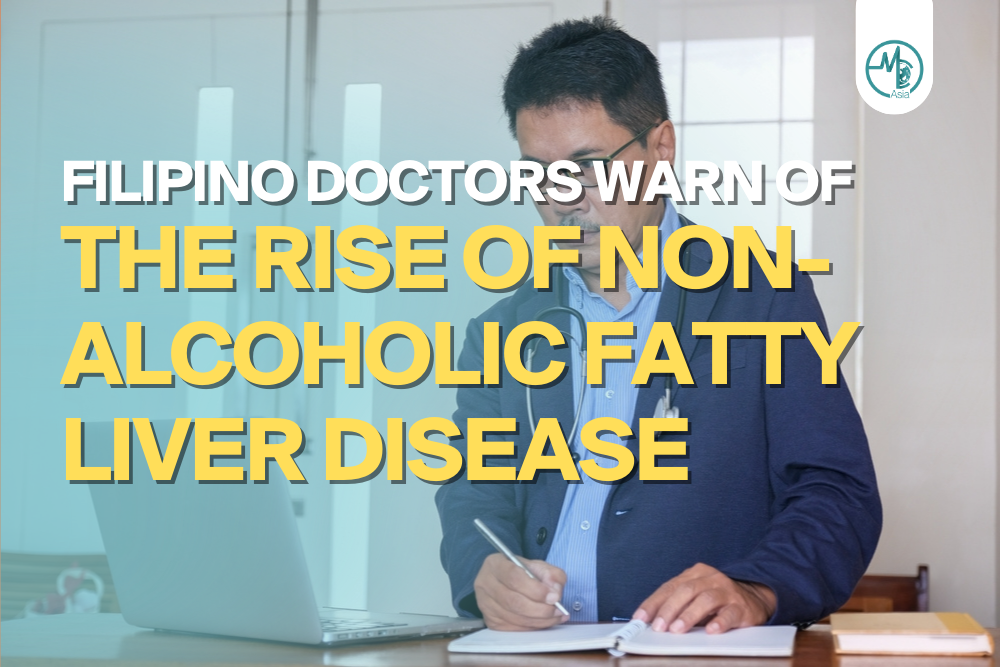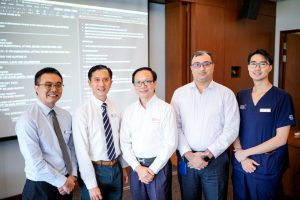Physicians are warning of the rise of a more dangerous strain of Fatty Liver Disease in the Philippines.
As the world shifts its focus from the immediate threat of the COVID-19 pandemic, another health concern is gaining prominence. Non-alcoholic Fatty Liver Disease (NAFLD), recognised as the “silent epidemic,” has emerged as a significant global health issue, affecting an estimated 38% of the world’s population. In the Philippines, 10-20% of the population already grapples with NAFLD. Therefore, health experts are sounding the alarm, emphasising the urgent need for proactive health management.
The Rising Threat of NAFLD
Dr. Jose Sollano, a prominent Hepatologist and Professor of Medicine at the University of Santo Tomas (UST), underscores the alarming prevalence of NAFLD and its potential to become a substantial global health challenge. NAFLD demands attention, particularly due to its association with Type 2 Diabetes, Obesity, and Cardiovascular conditions.
In the Philippines, NAFLD has gained notable attention due to its increasing prevalence, mirroring the global trend. It is reported that 10-20% of the Philippine population is currently grappling with NAFLD. Furthermore, an additional 18 million individuals who are considered obese and overweight are at a heightened risk of developing the disease.
Understanding NAFLD
Non-alcoholic fatty liver disease is a medical condition characterised by the accumulation of excess fat in the liver. Unlike alcohol-associated liver disease, which results from heavy alcohol use, NAFLD is not caused by alcohol consumption.
NAFLD encompasses two main types: nonalcoholic fatty liver (NAFL) and nonalcoholic steatohepatitis (NASH).
Nonalcoholic fatty liver
NAFL represents a type of NAFLD characterised by the presence of fat in the liver with minimal or no inflammation and liver damage. Generally, NAFL does not progress to induce liver damage or complications. However, it can result in discomfort due to liver enlargement.
Nonalcoholic steatohepatitis
NASH is another manifestation of NAFLD involving inflammation and liver damage along with fat accumulation in the liver. The inflammation and liver damage associated with NASH have the potential to cause fibrosis, or scarring, in the liver. Over time, NASH may also progress to cirrhosis, a condition marked by extensive scarring and permanent liver damage. Cirrhosis is a serious condition that can increase the risk of developing liver cancer.
Individuals usually experience one type or the other, though there are instances where individuals initially diagnosed with one form may later develop the other type of NAFLD.
Challenges in Battling NAFLD
While medications, including Semaglutide, are being explored for NAFLD treatment, their efficacy remains uncertain. Accessibility challenges and questions regarding the widespread use of such drugs beyond diabetes or obesity management prompt a reevaluation of treatment approaches. Dr. Aurora Macaballug, an esteemed Endocrinologist, highlights the complexities of finding effective medications for widespread use.
The Importance of Self-Care
Amid these challenges, experts unanimously agree on the pivotal role of proper self-care in addressing and preventing NAFLD. Dr. Diana Payawal, Immediate Past President of the Philippine College of Physicians, stresses the need to address various aspects of the disease, considering its mitochondrial and multi-factorial nature. Self-care practices, including conscious dietary choices and lifestyle modifications, emerge as crucial elements in the battle against NAFLD.
Early Detection and Prevention
Timely detection of NAFLD through non-invasive methods, such as Fibro scan, emerges as a cornerstone for preventing irreversible damage. Dr. Limuel Abrogena, a dedicated Family Physician, highlights the significance of familial support in encouraging lifestyle changes. A shared commitment to healthier choices within families can significantly contribute to preventing and managing NAFLD.
Conclusion
In the ongoing battle against NAFLD, merely understanding the disease is the first step. The key lies in preventative measures and fostering a culture of self-care. Through conscious choices, regular health tests, and familial support, individuals can take control of their liver health, aiding a healthier future. Dr. Yvonne Ferrer, Sanofi Consumer Healthcare ASEA Medical Head, underscores the critical role of preventative measures in addressing the silent epidemic, ensuring a healthier future for the country. As we navigate the complexities of NAFLD, a collective commitment to proactive health measures becomes essential in curbing its prevalence and impact on public health.














